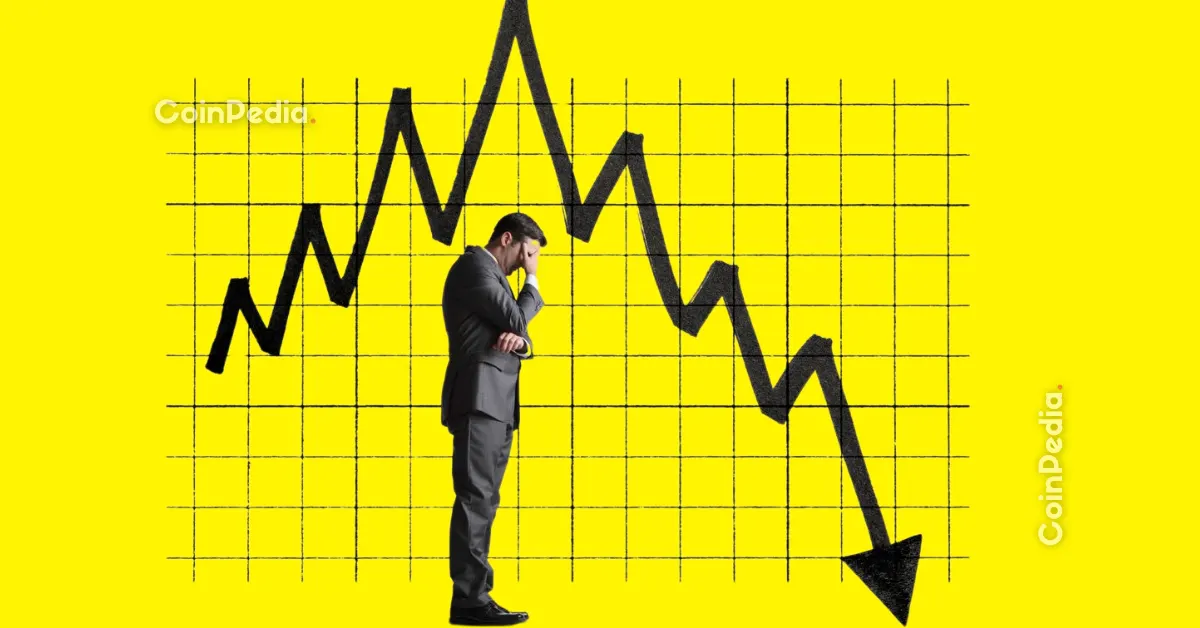
The cryptocurrency market is witnessing an intriguing dynamic as Bitcoin struggles to maintain its upward momentum despite fresh liquidity injections into the ecosystem. With global crypto market capitalization inching to $3.58 trillion, Bitcoin and Ethereum remain stable while many altcoins showcase mixed performance. But why exactly is Bitcoin stalled? Let’s explore the key factors contributing to this trend.
Idle Stablecoins: The Root Cause of Bitcoin’s Stagnation
Analysts have identified the growing supply of stablecoins, particularly USDT, as a critical factor in Bitcoin’s limited price movement. Recently, over $1 billion in USDT was minted. Yet, the stablecoin market capitalization rose only modestly by 2.6% in the past month. This indicates that the new liquidity has not flowed into the spot market but remains on exchanges as unutilized capital, often referred to as “dry powder.”
Market observers highlight that while stablecoin supply has surged 70% over the last year, Bitcoin has seen only a 31% increase in the same timeframe. This disconnect suggests a hesitation among traders, who are possibly waiting for stronger economic triggers before deploying their stablecoin reserve into assets like Bitcoin and altcoins.
Macroeconomic Factors Adding to Uncertainty
A key driver of market caution is speculation around the Federal Reserve’s anticipated monetary easing in December. If the Fed increases liquidity as expected, analysts predict this could serve as the catalyst for a strong Bitcoin rally. Risk assets like Bitcoin often respond first to such shifts in financial policy, meaning that traders are likely keeping their liquidity in stablecoins until this potential macroeconomic move takes place.
Moreover, thin market depth and instabilities in open interest are amplifying hesitation. Bitcoin’s dominance remains high, reflecting limited rotation into altcoins, which further caps broader market rallies. As a result, the market atmosphere remains cautious, with retail and institutional traders alike closely monitoring global monetary policies.
What Could Spark the Next Bitcoin Rally?
The consensus among market experts is clear: increased liquidity from institutional activity and monetary easing by central banks could ignite a significant rally in Bitcoin prices. Stablecoins, acting as a reserve fuel, hold immense potential to catalyze this surge once deployed into the market.
For those looking to increase their exposure to cryptocurrency, now might be a good time to reevaluate investment strategies. Tools like Ledger Nano X, a secure hardware wallet, can help investors safely manage their growing cryptocurrency portfolios. This solution is perfect for anyone preparing for potential price surges in Bitcoin and other cryptos.
To stay updated on this and other key cryptocurrency trends, regularly follow trusted platforms like CoinPedia, which offers expert market analysis and breaking news in the blockchain world.
Conclusion
While the current market conditions might feel stagnant, the growing supply of stablecoins and anticipation of macroeconomic triggers suggest a potential for future movements. Traders maintaining liquidity in stablecoins are positioned to capitalize on a significant rally once external catalysts, like Federal Reserve monetary easing, take effect. Until then, the importance of informed decision-making and secure investment strategies cannot be overstated.




